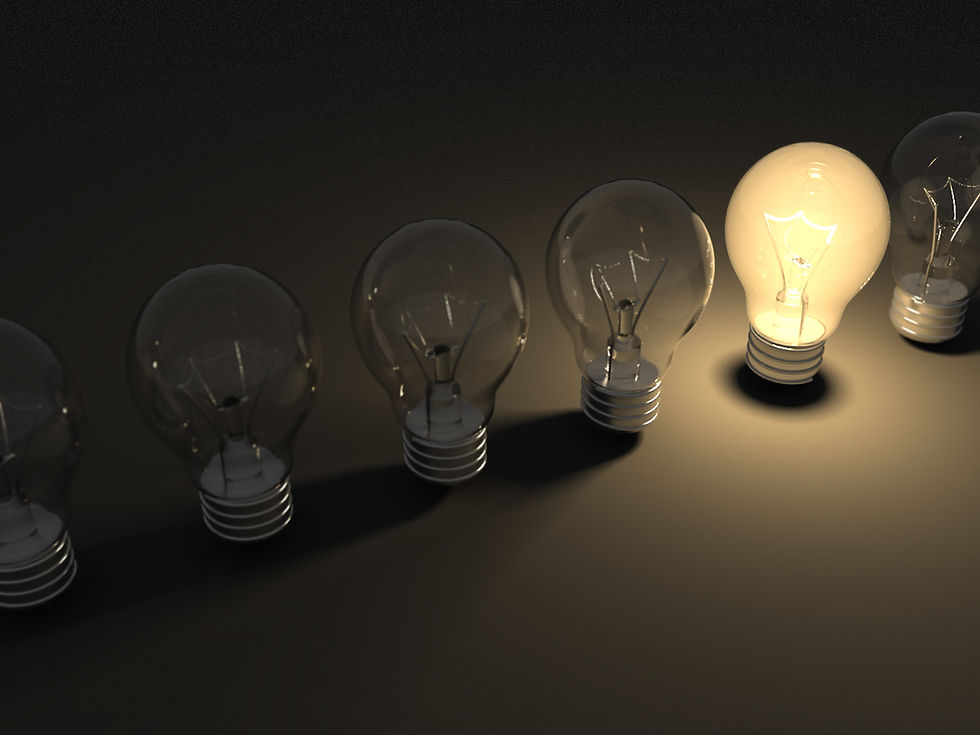How to Create When You’re Mentally Exhausted
- Jennifer Boyer
- Jun 12
- 3 min read
Because your art still matters, even when your brain is fried.
Let’s be honest—sometimes, creating feels impossible.
You sit down to write, draw, sing, or brainstorm and... nothing. Your body is tired. Your brain is foggy. You wonder if you’ve hit a wall, or worse—burned out for good.
But mental exhaustion doesn’t mean you’re out of ideas forever. It just means your creative process might need to look different right now.
Here’s how to keep making meaning through the mess—gently.
1. Lower the Bar (Seriously, Lower It More)
Not every creation has to be brilliant. Not every session has to move your art forward in a big way.
When you're mentally exhausted, "done" is better than "perfect." Try:
Doodling instead of designing
Humming instead of composing
Writing a list instead of a story
Even 5 minutes of low-effort creativity keeps the door open. It tells your brain, “I’m still here. I still care.”
2. Create Without a Goal
Let go of the urge to make something useful or shareable. Instead, explore. Mess around. Make something bad on purpose.
This is where surprise often lives—especially when your brain is too tired to overthink.
Try:
Recording a voice memo stream-of-consciousness
Playing an instrument with your eyes closed
Collaging, scribbling, or rearranging scraps
No end product. Just play.
3. Borrow a Container
If a blank page overwhelms you, give yourself a container. Structure doesn’t kill creativity—it protects it when you’re exhausted.
Some ideas:
Use a template (blog post, verse/chorus, list, limerick)
Rework an old piece instead of starting fresh
Pick one word or image and riff on it for 10 minutes
Less thinking = more flow.
4. Let Your Exhaustion Be the Art
If you’re too tired to make something in spite of how you feel, make something because of how you feel. For example, My Nextdoor Neighbor's song "Lost My Mind" was written about this exact thing.
Ask:
What does exhaustion sound like?
What color is burnout?
What would a poem about “emptiness” say?
Turn what feels like a block into a doorway. Even your depletion has a story to tell.
5. Take Micro-Creative Breaks
Sometimes the best thing you can do is not create for a bit—but still stay connected to creativity in some way.
Try:
Reading a few pages of a novel
Listening to a podcast by another artist
Watching a film with a great soundtrack or color palette
Taking a walk and paying attention to sound, texture, shadow
You’re filling your cup. It still counts.
6. Ask for Support (Or Accountability)
If the pressure to create is too much to carry alone, say it out loud.
Text a creative friend and set a 15-minute co-working timer
Tell your community you’re working on something slowly
Ask for help with one piece of the process (e.g., a title, a chord, a layout)
You’re not weak for needing community—you’re human. Your art was never meant to be made in a vacuum.
7. Trust the Seasons of Your Creativity
Mental exhaustion doesn’t mean you’ve failed. It means you’ve been humaning hard. Maybe caregiving, working, over-functioning, surviving.
Creating in exhaustion teaches us something sacred: how to show up with less.
Let it be small. Let it be quiet. Let it be something only you ever see.
But let it exist.
Because even your most tired self has something worth expressing.
You’re still an artist. Even when you’re drained. Especially then.
Take one small creative step today—no matter how imperfect. You’ll be surprised where it leads.
How do you create consistently through the ups and downs of life? Is there anything you haven't tried yet that you want to? Let us know in the comments or tag us on Facebook or Instagram @CreatingWithImpactPod, and let's do this together!



Comments